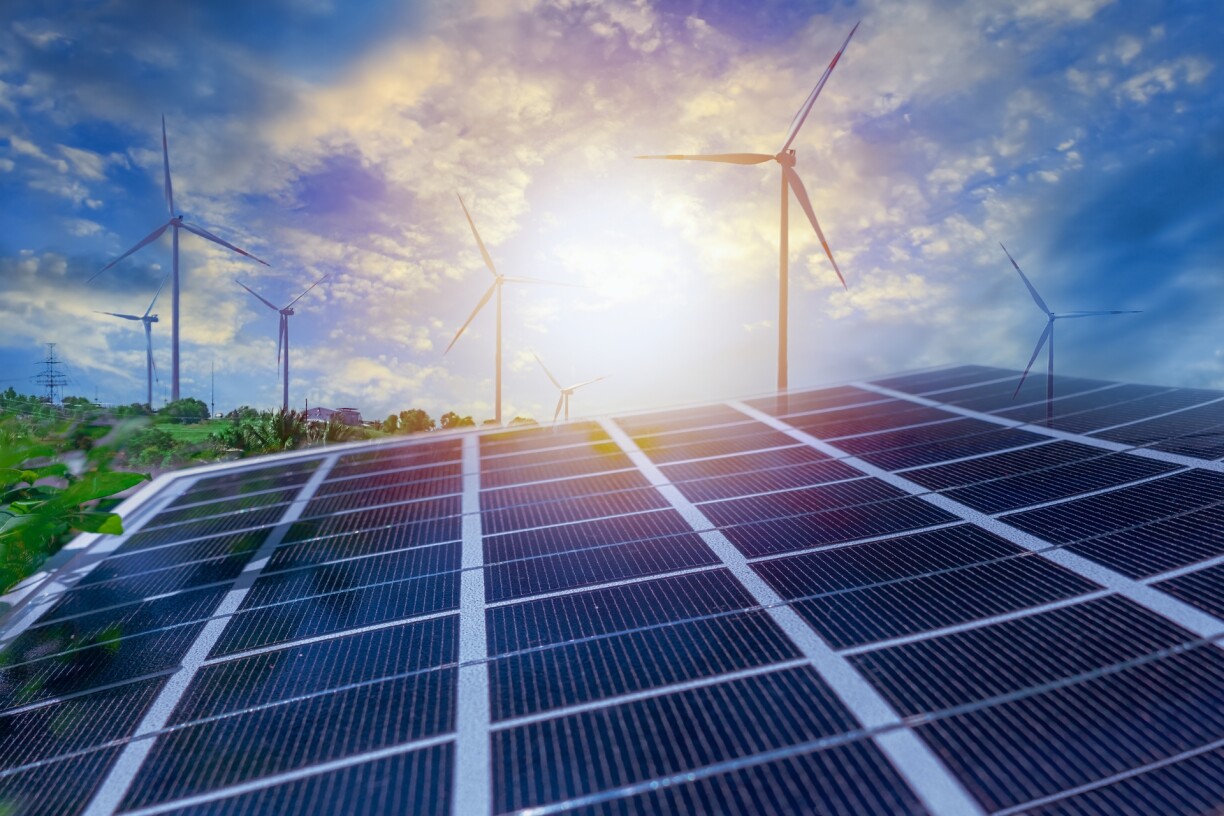
In order to accelerate the EU’s withdrawal from fossil fuels provided by Russia following the invasion of Ukraine, the European Commission proposes to increase its renewable energy target to 45% by 2030, up from 40% announced last year.
Renewables such as wind, solar, and biomass accounted for 22% of the EU’s gross final energy consumption in 2020. According to the most recent Eurostat statistics, this percentage varies greatly by nation, ranging from over 60.1% in Sweden to just 11.7% in Luxembourg. The Grand Duchy even ranks second to last in Europe, ahead of Malta.
Luxembourg’s poor carbon footprint can be attributed to a variety of factors, including ‘fuel tourism’. However, the government is making progress, and its integrated national energy and climate plan (PNEC) has set ambitious targets. It aims to increase the share of renewable energy in gross final energy consumption from 11% to 25% by 2030, thanks to continued wind, solar, and biomass development.
Renewable energies have grown in popularity in Luxembourg in recent years. In the space of a decade, their proportion has more than doubled in regard to electricity (from 3.3% in 2007 to 8.1% in 2017) and in regard to heating (from 4.4% in 2007 to 8.1% in 2017). The growth was much more pronounced in the transport sector, rising from 2.2% in 2007 to 6.4% in 2017.
Luxembourg is now ranked 6th in the European Union in terms of installed solar capacity per capita, with a total of 6,990 photovoltaic systems (2018). The government’s objective is to take the lead in this ranking by 2030.
Between 2013 and 2018, the amount of electricity produced by wind turbines in Luxembourg increased by about 200%. Wind power already accounts for a significant portion of Luxembourg’s renewable energy production (installed capacity in 2018: 123 MW for 69 wind turbines).
Another encouraging news for Luxembourg is that its electricity is green. According to a report issued by the think tank ‘Ember’, solar and wind facilities together produced more than 10% of the world’s electricity for the first time in 2021. And Luxembourg is one of the few countries that gets more than 40% of its electricity from these two sources, with Denmark receiving 52%, Uruguay receiving 47%, and Luxembourg receiving 43%.
The only downside is that a large portion of Luxembourg’s electricity is imported. The Grand Duchy is, in fact, one of Europe’s most energy-dependent countries. While the European Union relied on imports for 60.6% of its energy consumption in 2019, Luxembourg relies on foreign sources for 95.1% of its energy consumption.